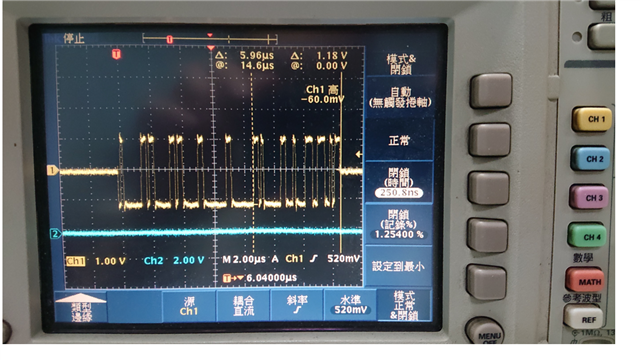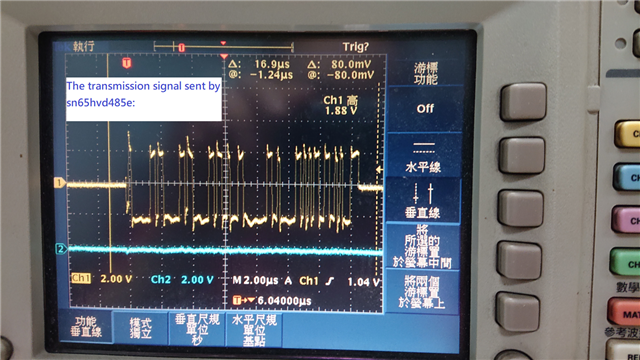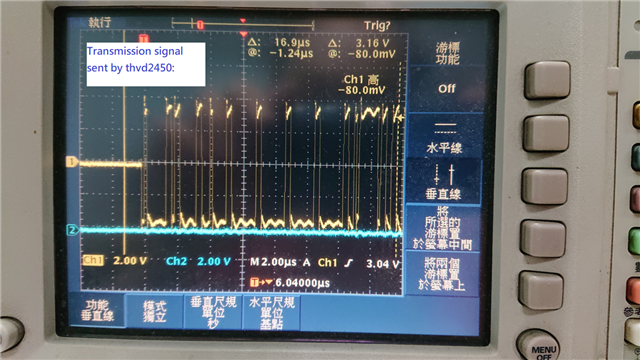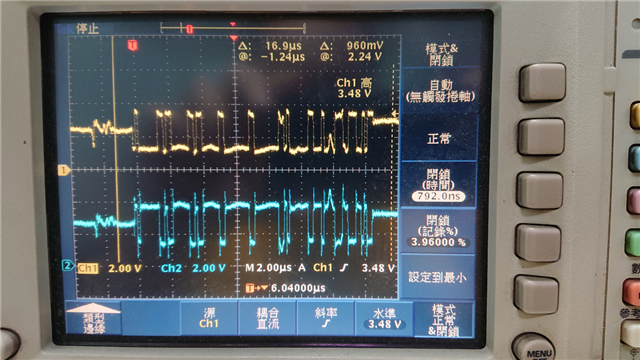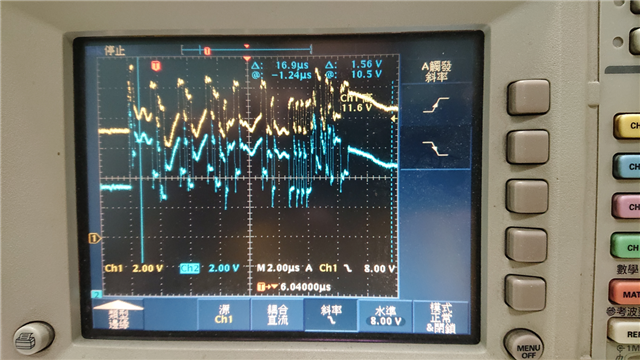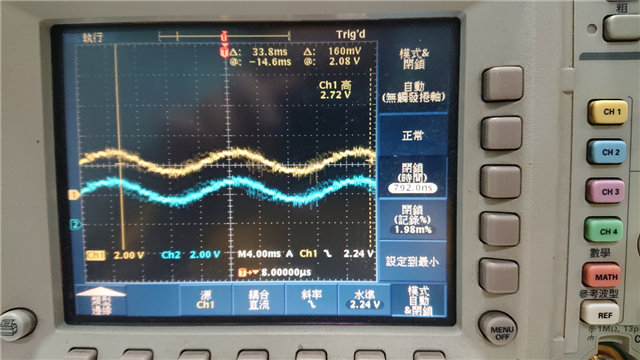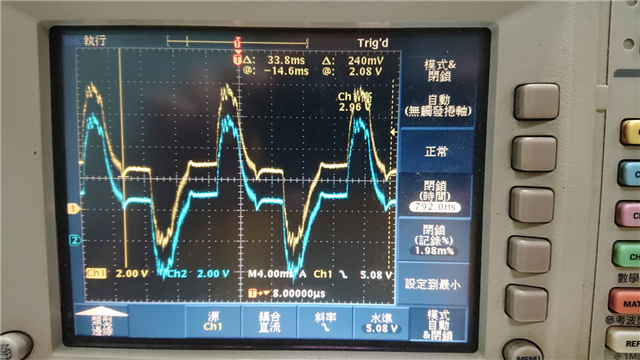Other Parts Discussed in Thread: SN65HVD485E
Hi
THVD2450/VSSOP8, there will be data packet loss problems in communication use
THVD2450/VSSOP8<-> THVD2450/VSSOP8 no problem ok
In order to test the compatibility of 485 ICs on the market, we use the following four types of IC
sn65hvd485e<-> THVD2450/VSSOP8 Fail
MAX13442E<-> THVD2450/VSSOP8 Fail
MAX3441EASA<-> THVD2450/VSSOP8 Fail
SN65HVD1787D<-> THVD2450/VSSOP8 Fail
could you help check the THVD2450 schematic as below and any need adjust?
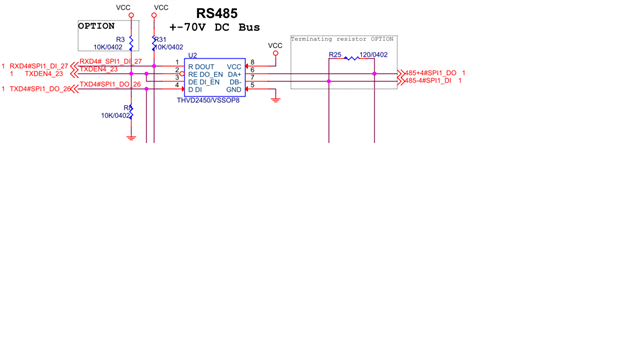
Since the MCU only has TXDEN, RE and DE are connected to TXDEN together, R3 and R25 are not uploaded, so far, the following attempts have been made:
(1) Remove the R8 resistor;
(2) Reduce the transmission Baud-rate to 115200 BPS;
None of the above methods can improve the situation. When performing MODBUS transmission, although the probability of each IC is different, the best situation is that at most 40-50 packets only missed data once, although there is no problem if both communication parties share the same ground. , But this will lose the meaning of using RS485. Is there any special attention to THVD2450 IC?


